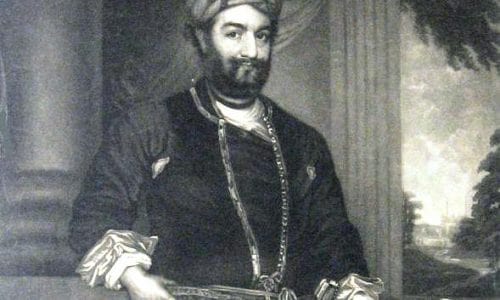Lucknow History
Lucknow History

Lucknow History : From 1350 onwards, Lucknow and parts of the Awadh region were ruled by the Delhi Sultanate, the Sharqi Sultanate, the Mughal Empire, the Nawabs of Awadh, the British East India Company, and the British Raj.
For around a long time (from 1394 to 1478), Awadh was essential for the Sharqi Sultanate of Jaunpur. Head Humayun made it a piece of the Mughal Empire around 1555. Emperor Jahangir (1569–1627) gave property in Awadh to a distinguished nobleman, Sheikh Abdul Rahim, who later built the Machhi Bhawan on this property. It later became the seat of power from where his descendants, the Sheikhzads, controlled the region.
He acquired the name of the Nawabs of Lucknow, in fact, the Nawabs of Awadh, after the reign of the Third Nawab when Lucknow became their capital. The city turned the social capital of North India, and its Nawabs, best associates for their sophisticated and extraordinary lifestyles, were patrons of the arts. Under his dominion, music, and dance flourished, and many monuments were built. Among the monuments that stand today, Bara Imambara, Chota Imambara, and Rumi Darwaza are notable examples. One of the enduring legacies of the Nawab is the Hindu-Muslim culture of the region known as Ganga-Jamuni Tehzeeb.
By 1719, the Subah of Awadh was a province of the Mughal Empire which was appointed by the emperor. The Persian courageous officer Saadat Khan, also known as Burhan-ul-Mulk, was appointed Nizam of Awadh in 1722 and established his court at Faizabad near Lucknow.
